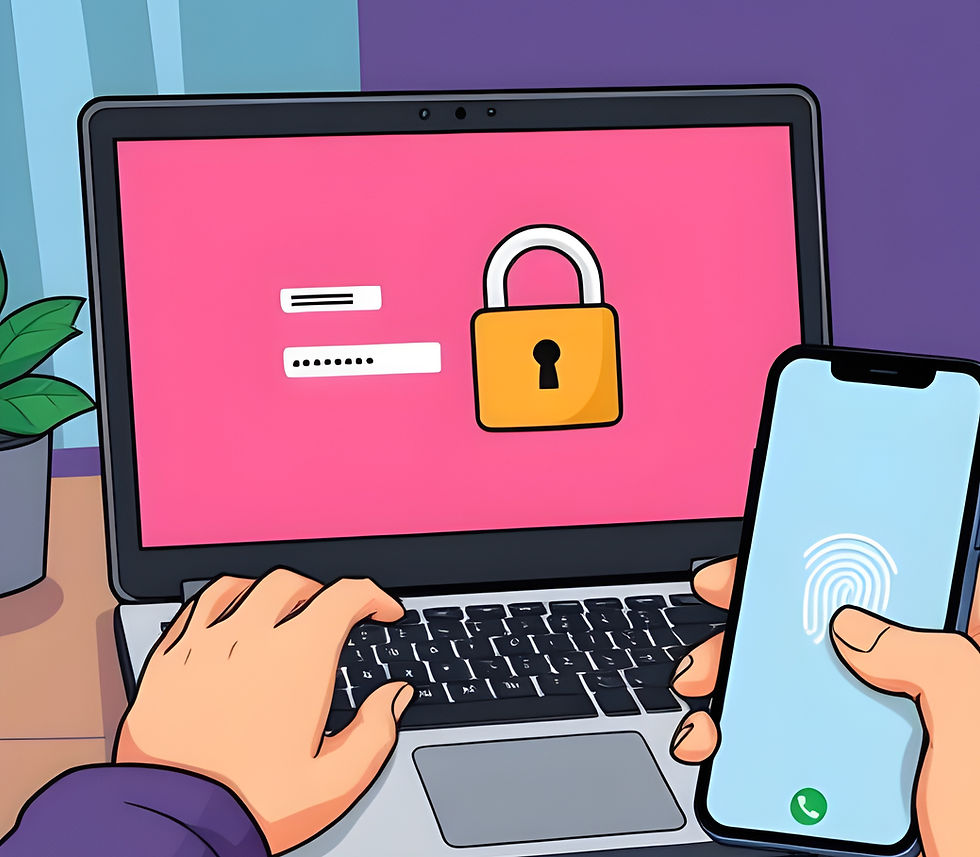Understanding Authentication and Authorization: Securing Your Web APIs
- Pranami Jhawar
- Feb 23
- 2 min read
As the internet continues to evolve, so does the need for robust security measures to protect sensitive data and user privacy. One of the core components of web security is managing Authentication and Authorization. These concepts, when implemented correctly, can ensure that only the right people have access to your web APIs and services.

In this post, we’ll explore the foundational concepts of Authentication, Authorization, and how OAuth 2.0 fits into the picture, helping you safeguard your web APIs from unauthorized access.
Understanding Authentication vs. Authorization
Before diving into OAuth 2.0, it’s important to grasp the fundamental differences between authentication and authorization—two critical security mechanisms in any web application.
Authentication: Who Are You?
Authentication is the process of verifying the identity of a user, device, or system. In simple terms, authentication answers the question: Who are you?
Example: When you log in to a website with a username and password, the website verifies that you are who you claim to be. This could also extend to other methods like multi-factor authentication (MFA), fingerprint scanning, or face recognition.
Key takeaway: Authentication proves your identity.
Authorization: What Are You Allowed to Do?
Authorization, on the other hand, comes after authentication. It determines what actions or resources a user is allowed to access based on their identity and roles. In short, authorization answers the question: What are you allowed to do?
Example: After logging in to your online banking app, authorization ensures that you can view your account balance, but perhaps prevents you from accessing the admin settings.
Key takeaway: Authorization governs the access control and permissions associated with the authenticated user.
Why Both Are Crucial for Web APIs
Web APIs expose valuable data and services that should only be accessed by authorized users. Authentication ensures that the user requesting access is who they say they are, and authorization ensures they only have access to what they’re permitted to. Both mechanisms together help prevent unauthorized access and protect user data.
Scenario Example:
Imagine you have a photo storage service API. Without authentication, anyone can request photos from your server, posing a severe security risk. With authorization, even if someone authenticates, they can only view their own photos—not someone else's.
Final Thoughts
Understanding the differences between authentication and authorization is foundational for securing your web APIs. By implementing both mechanisms, you can control user access, protect sensitive data, and reduce the risk of unauthorized activity. In the next post, we will dive deeper into OAuth 2.0, a robust framework that enhances authorization in modern web applications.





Great start, Pranami! Keep it up!
Excellent information! Keep up the good work.